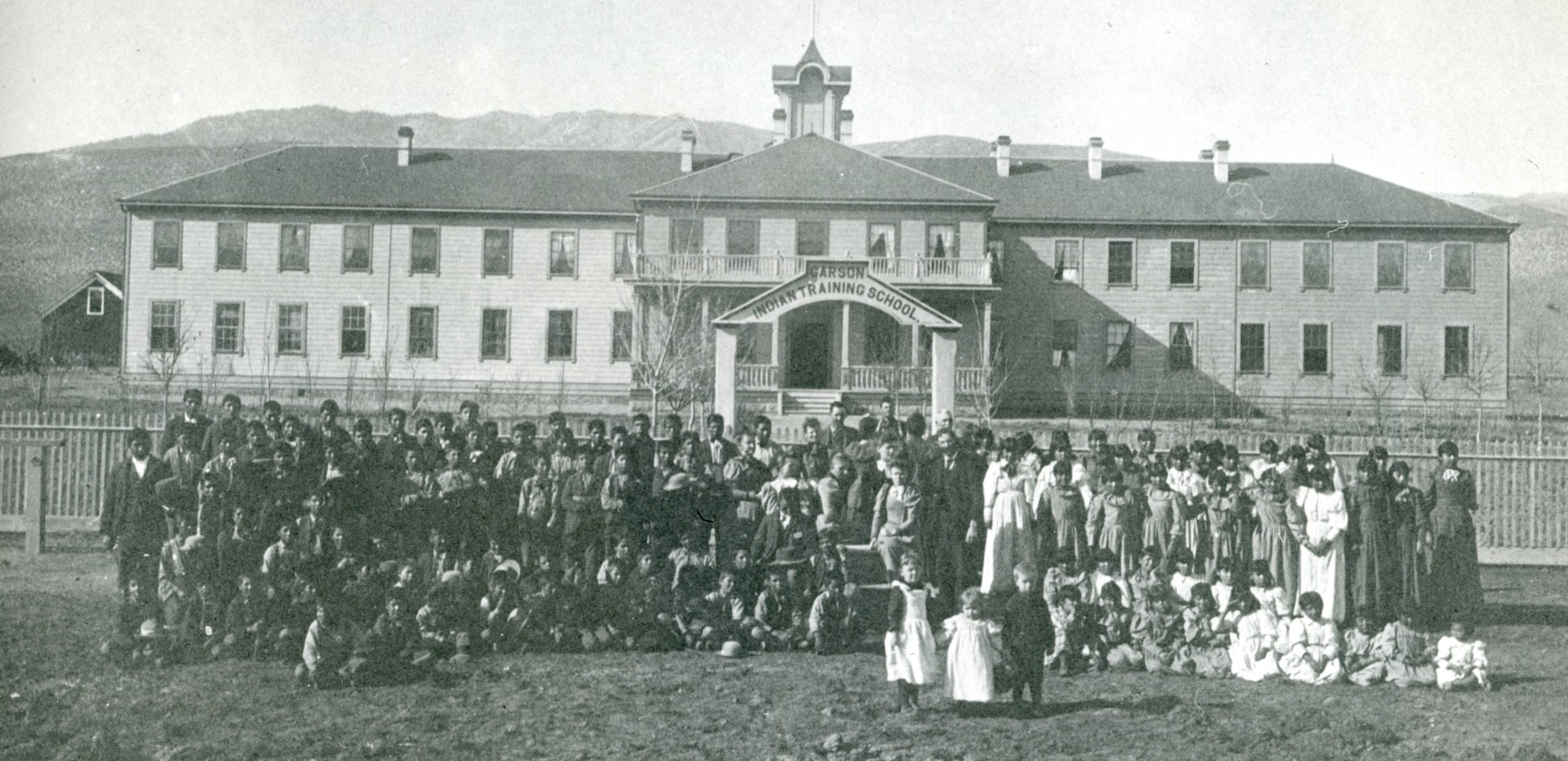Stewart Indian School Cultural Center & Museum
Open Monday through Friday from 10 a.m. to 5 p.m. (closed on weekends, state, and federal holidays)

Vision
The Stewart Indian School Cultural Center and Museum is dedicated to the memories of the first Stewart students from Great Basin tribes in 1890, and all students and their families who were impacted by the Stewart experience. The vision of the museum is to serve as a steward of living American Indian materials and traditions.
Mission
The mission of the Stewart Indian School Cultural Center and Museum is to tell the stories of the thousands of American Indian children from western tribes who were educated at Stewart. These stories tell of a complex past that changed the course of generations of these children. The countless stories of hardship, resilience, strength, and triumph are at the core of the current efforts to preserve the Stewart campus and are illustrated in the exhibits at the museum. In addition to sharing Stewart’s history, the museum is a place of living heritage through exhibits of contemporary Native art, storytelling, arts and crafts demonstrations, lectures, public programming, and educational activities. The museum serves as a research facility for Stewart students, staff, faculty, alumni, and the general public. This museum is not a museum in the Western sense, but a gathering place for Stewart alumni and their families.
Sense of Place
This land was sacred to the Great Basin tribes long before anyone else settled here. We want to acknowledge the traditional homelands of the Great Basin tribes where Stewart now sits. To recognize this sense of place we have worked with Stewart alumni to develop this place as an ecomuseum. This form of museum integrates past, present, and future and is people-based. This museum honors all Stewart students and their relatives who were affected by the boarding school experience. This place is community-oriented, community created, and community driven, and acknowledges the relationships of all living beings, including people, animals, plants, traditions, songs, ceremonies, spiritual beliefs, and languages.
Land Acknowledgement: Acknowledging the traditional homelands of the Numu (Northern Paiute), Nuwu (Southern Paiute), Wašiw (Washoe), Newe (Western Shoshone), and Pipa Aha Macav (Fort Mojave) in what is now the state of Nevada.
The Stewart Indian School Cultural Center & Museum honors the children who attended the school, tells the truth about their experiences, and helps former students, their families, and their communities to heal.